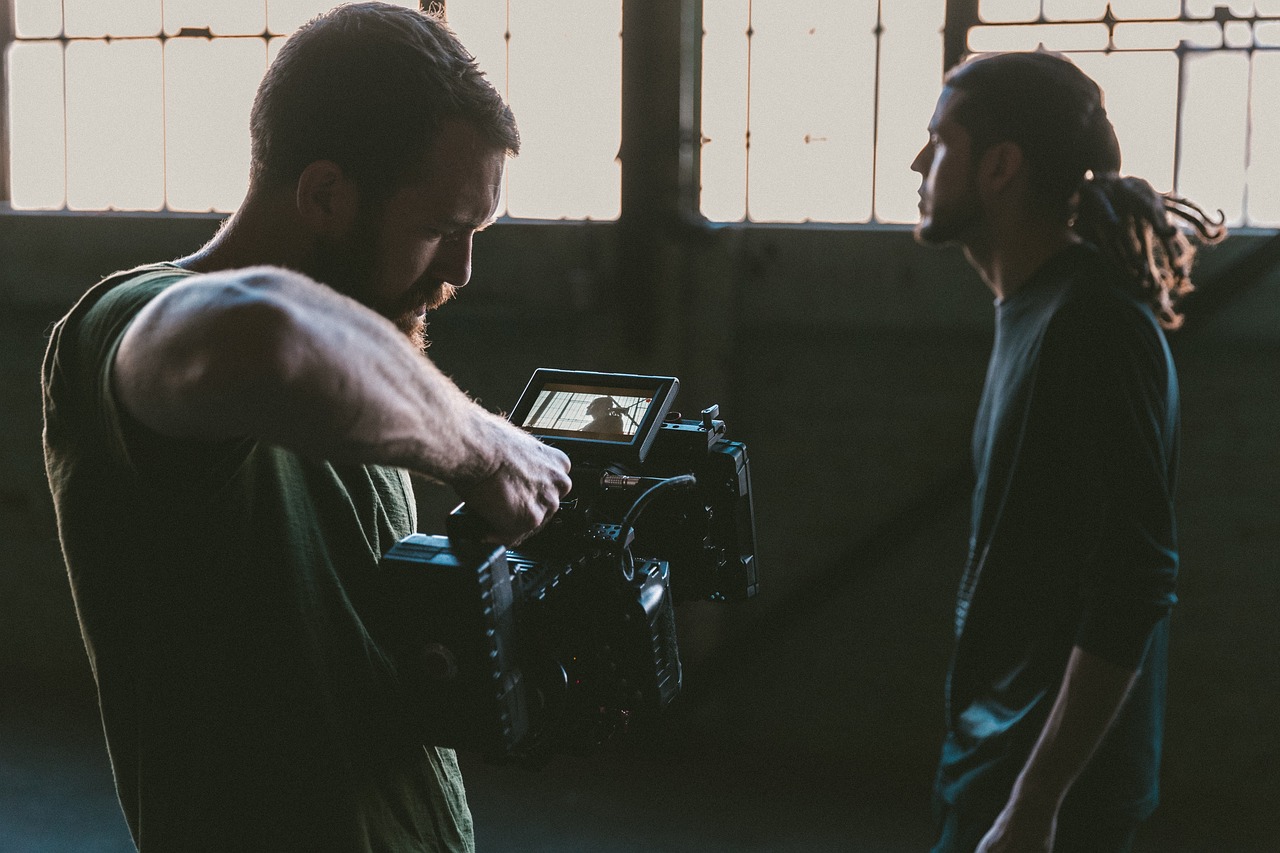
The Ultimate Gear Checklist for Indie Shoots (and How to Track It Like a Pro)
Every indie shoot starts with ambition—and usually ends with someone asking, “Where’s the tripod?” Whether you’re filming a short, a branded piece, or a guerrilla-style doc, gear chaos is the silent killer of momentum.
This guide gives you a practical checklist of essential equipment for indie productions, plus a smarter way to track it all without losing your mind (or your gear).
What You Actually Need on Set
Here’s a breakdown of the core gear categories every indie filmmaker should consider. You don’t need everything—but you do need a plan.
🎥 Camera Department
- Camera body (DSLR, mirrorless, cinema)
- Lenses (wide, standard, telephoto, specialty)
- Batteries and chargers
- Media cards and storage
- Matte box and filters
- Tripod or monopod
- Gimbal or stabilizer
🎤 Sound Department
- Shotgun mic
- Lavalier mics
- Boom pole
- Field recorder
- Headphones
- Windscreens
- XLR cables
💡 Lighting & Grip
- LED panels or softboxes
- Light stands
- C-stands
- Extension cords and power strips
- Gels and diffusers
- Sandbags
- Clamps and rigging gear
🎬 Production Essentials
- Slate or clapperboard
- Monitor or viewfinder
- Director’s chair (optional, but morale-boosting)
- Walkie-talkies or comms
- First aid kit
- Toolkit (multi-tool, gaffer tape, zip ties)
🧳 Transport & Logistics
- Cases and bags
- Cable ties and organizers
- Inventory checklist
- Vehicle or transport plan
The Problem: Gear Chaos Is Real
Most indie filmmakers track gear with a mix of memory, spreadsheets, and last-minute texts. That leads to:
- Forgotten items
- Double-booked gear
- Missing accessories
- No record of who used what
- No system for maintenance or damage notes
Even small shoots suffer when gear isn’t tracked properly. And if you’re renting out your kit or managing a shared inventory, the risk multiplies.
Manual Tracking: The Usual Workarounds
Before we built Moviebaker, we tried everything:
- Google Sheets with color-coded availability
- Printed checklists taped to gear cases
- WhatsApp threads to confirm who took what
- Handwritten notes for damage reports
- Separate folders for contracts and transport docs
These methods work—until they don’t. They’re fragile, time-consuming, and hard to scale.
How to Track Gear Like a Pro (Without Losing Your Weekend)
Whether you’re managing your own kit or running a small rental operation, here’s what a professional tracking system should include:
1. Centralized Inventory
A searchable database of all gear, with specs, photos, and categories.
2. Availability Calendar
A visual system that shows what’s booked, what’s available, and what’s in maintenance.
3. Rental History
Every item should have a log of who used it, when, and under what conditions.
4. Client Profiles
Track who’s renting, their contact info, and their rental behavior.
5. Quote Builder
Generate clean, customizable quotes with gear, crew, and additional costs.
6. Document Automation
Create rental contracts and transportation documents without copy-pasting.
Why We Built Moviebaker
We built the Moviebaker Rental Module because we were tired of losing time to gear chaos. It’s designed for indie filmmakers and rental owners who want to:
- Track gear without spreadsheets
- Quote projects without formatting headaches
- Know who used what—and when
- Add crew and extra costs to quotes
- Generate contracts and transport docs instantly
- Manage clients with full rental history
It’s not just a tool—it’s a workflow upgrade.
Ready to Shoot Smarter?
Whether you’re prepping for your next indie shoot or scaling your rental business, gear tracking shouldn’t be the thing that slows you down.
Try the Moviebaker Rental Module and see how much smoother your production can run.
Sign up for beta access → moviebaker.app
Let your creativity lead. We’ll handle the logistics.